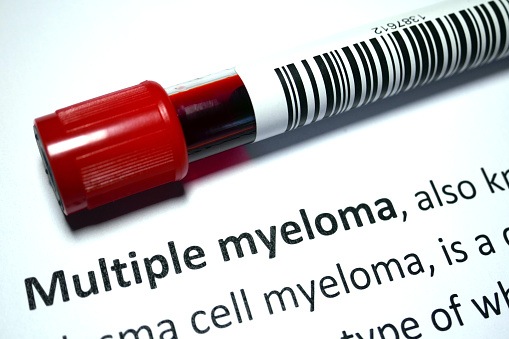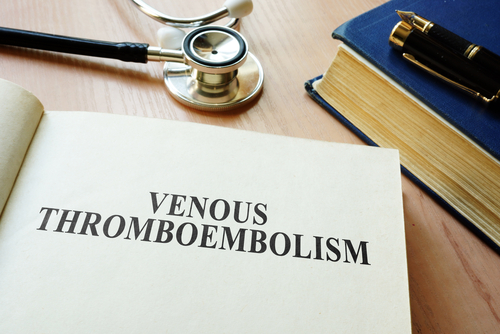
A Scandinavian study suggested that the use of direct oral anticoagulants in patients with venous thromboembolism (VTE) increased over time.
“When a patient experiences a VTE, treatment with an anticoagulant is recommended,” the authors wrote. “Treatment guidelines recommend at least 3 to 6 months of anticoagulation therapy after VTE diagnosis. This treatment is considered sufficient if the patient’s first VTE event was provoked by surgery or other transient risk factors for VTE. However, in the absence of transient risk factors and if the patient’s risk of bleeding is considered low, extended therapy beyond 6 months could also be recommended.”
Highlighting the advancement of new direct oral anticoagulant therapies like apixaban, rivaroxaban, authors, publishing in Clinical Therapeutics, used data from two nationwide Scandinavian registries. Patients included in the analysis were identified by first inpatient or outpatient diagnosis of VTE (patients were excluded if they had atrial fibrillation, mitral stenosis, mechanical heart valve replacement, or oral anticoagulant dispensation prior to the index date). The authors looked at transient risk factors such as hospital stays, surgeries, fractures, trauma, estrogen use, and others. They defined treatment persistence as evidence of a repeat prescription allowing for a 30-day gap after the end of the day’s supply of each medication prescription. Patients were considered nonpersistent if they discontinued or switched to another medication.
According to the study results,12,473 identified with a first VTE diagnosis. The treated patients broke down into the following groups: 3,557 treated with warfarin; and 3,088 treated with apixaban. Patients taking dabigatran and edoxaban were too small in number for inclusion. The percentage of VTE patients initiating treatment with direct oral anticoagulants was observed to increase significantly from 33.2% in 2013 to 93.6% just four years later in 2017. Warfarin use decreased over the same time period, from 66.8% in 2013 down to 6.3% in 2017.
Study Fills a Literature Gap
“One of the biggest strengths of the study is that the data from the Norwegian registries are nationwide and therefore representative and generalizable to the Norwegian population; however, these data are also likely applicable to other European countries,” the authors said. “This is also the first study to characterize the use of oral anticoagulants for VTE in Norway and, as such, addresses an important gap in the current literature.”
Study limitations included the lack of some data on transient VTE risk factors and on reasons for discontinuation. Additionally, patients with cancer were excluded from the analysis, skewing the results so that they may not represent VTE patients who have cancer. There were also some potential abnormalities in the reporting of medication strength dur to limitations on available information.
“As found in other real-world studies, the use of direct oral anticoagulants for the treatment of acute VTE has increased considerably during the past decade in Norway,” the group concluded. “In 2017, the most commonly prescribed oral anticoagulants was apixaban. Treatment patterns indicate that most patients were persistent with oral anticoagulant treatment for approximately 6 months. By 12 months, a higher percentage of patients taking apixaban persisted with treatment compared with patients taking warfarin. Additional research using longer follow-up periods to further characterize the extended use of treatment for patients with VTE is required.”







 © 2025 Mashup Media, LLC, a Formedics Property. All Rights Reserved.
© 2025 Mashup Media, LLC, a Formedics Property. All Rights Reserved.